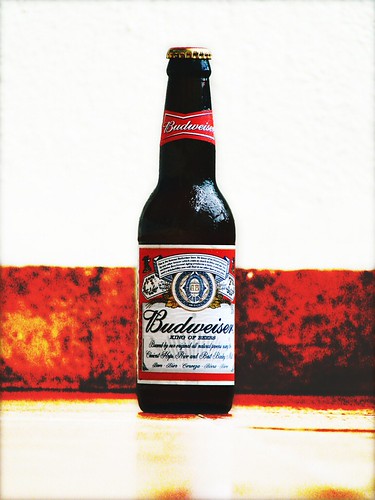 What is swirl?
What is swirl?
Swirl, in the sense of combustion, is an effect that is usually engineered to act on the air-fuel mixture as it enters the combustion chamber. By a variety of means, the mixture is made to 'rotate' around the spark plug inside the chamber. Swirl is considered to be a good thing because it leads to turbulence.
What is turbulence?
Swirl is a pretty smooth looking thing (when you see false-colour velocity plots, that is), but like all things smooth, it does not last. As the piston comes up during the compression stroke, it breaks the swirl, officially called decay. When swirl decays, you get a random motion of the mixture called turbulence. Turbulence is good because it removes the opportunity for the air fuel mixture to separate and produce inefficient and variable (across cycles) combustion. Turbulence, and the great mixing of the air and fuel droplets also leads of fast burning, clean burning, and hence efficient flames. In essence, turbulence leads to cleaner, more complete combustion. In the context of engines, turbulence is a great asset at lower revs. Making the mixture swirl takes time, and reduces the amount of mixture you can pump into the chamber. So when revs come up, engine builders prefer smoother flows and higher volumes. In essence, if you wanted a superb high-rev punch in the motor, you'd be working towards greater flow rather than turbulence.
 |
| That's a comparison between the torque curves of the Platina and the well, Exceed (DTS-Si). See the massive extra torque available at low revs? That's the swirl effect, so to speak |
 |
| That's a comparison between the power curves of the Platina and the well, Exceed (DTS-Si). See the extra power available at all revs? No replacement for displacement. |
 |
| This curve was plotted by mounting the motor on a dyno and turning it over using a measurable force. The lower the force required, the less effort is needed to turn the engine over, meaning that friction losses are lower. The DTS-Si, as you can see, has a much lower curve. |
|
What has Bajaj done?Bajaj calls their new engine platform DTS-Si. DTS you know, Si is Swirl Induction. The company says DTSi, the Pulsar/Discover technology is evolving. The performance end of the evolution is DTS-Fi, which has debuted on the 220. The efficiency/economy end of that evolution will be held up by the DTS-Si engine.
Now stay with me. The old DTSi engine was simple. If you looked at the piston from the top down and marked the placement of the intake and exhaust valves and the two spark plugs, you would, more or less, get two lines perpendicular to each other. Think high flow, large bore, two quick burning flames. The DTS-Si offsets the valves and plugs. Instead of the two perpendicular lines, the valves and plugs 'alternate' in the four quadrants that the lines have dissected the circle into. The intake charge, therefore, enters the chamber, bounces off the bore wall and yes, swirls around.
Audi direct injection engine, FSI, uses an evolution of this. They inject the fuel directly into the chamber and the intake valve only lets in air. As the air swirls around the chamber, fuel is injected at the right time. At part loads (which is the majority of the time), the air is 'separated' into two layers. The layer around the spark plug is loaded with fuel and the outer layer is effectively 'dry.' When the plug fires, the outer air insulates the burning mixture reducing heat losses to the cylinder walls and reduces some of the overlap losses that happen from mixture escaping into the exhaust manifold while both the valves overlap.
That's the swirl part. Displacing 125cc, the motor is new from the ground up. Bajaj has made it really light (the 125cc motor is 1.5 kg lighter than the 100cc Platina engine and some 6 kg lighter than the 125cc Discover's) and use a number of ideas to reduce friction too. Think light, slippery motor. The motor's no economy-weenie either. While Bajaj do claim a substantial 9.5 bhp (that's more than all the 100cc bikes it will compete with and above or equal to most 125s as well), it also returns 109 kpl under standard test, which is 1 kpl more than the Platina. And Bajaj claim just over 1 kgm as the peak torque at 5,000 rpm which is impressive, especially when you see how far over the Platina torque curve this is, and how much the difference is.
This is a model of regular single-spark combustionThis is a model of DTS-Si combustionWhat's the bike like?The motorcycle will be called Exceed, although the exact spelling has yet to be announced. Xceed? EkSeed? I don't know. Like the engine, the bike will be sleek and light. Bajaj say that the low-end torque (14 kph is possible in top gear, it is said) makes the rideability stunning and all of those riders who like snicking into top gear early are going to be floored by the torque spread. Oh and this is not the Sonic.
 |
This graph shows the evolution of the market share of 125+150cc segment and whatever's below that. Also, right at the bottom are the growth figures for April to July 2007, all together, 100cc and 125-150cc.
|
What's this mean to you?When Bajaj said they wanted out of the 100cc game, they meant that they wanted the 100cc customer to have a more juicy alternative. 2 bhp more, more economy and similar price, in my book is juicy. Remains to be seen how more zing the styling will bring. The Exceed will be all new and probably be launched in September, first week would be my guess.
Bajaj say that while they sell 50,000 units of the Platina every month, the product basically breaks even and adds little or nothing to net revenue. Bajaj currently have nothing in what you call the top of the entry-level or bottom of the executive commuter segment and that's a crucial, crucial hole the Exceed will plug. The motorcycle will cost Bajaj roughly the same as the Platina to make, but will sell for approximately Rs 40,000 ex-showroom, which will mean the 6,500 extra bucks are pure profit and some taxes. Bajaj say that Discover 112 sales are pretty low, so any cannibalisation would be more or less ignored. Any upgrades from the Platina, obviously, will be welcome. The Exceed, if it proves popular and takes up substantial Platina sales, could replace the Platina.
Why is this bike significant?Once more, Bajaj is taking the competition on by moving the playground. If all the claims come good, then once more, Bajaj will gained a couple of bike lengths by cleverly using technology. Swirl is not a new idea. But using it to produce a motorcycle that is defined by its economy is something no other Indian manufacturer has done. If the Exceed is successful, Bajaj will become less sensitive to the fickle entry level market. When sales cross 30,000 units, Bajaj say that the Exceed will also significantly boost market share. As Bajaj say, they are number two despite leading both the 125 and 150 segments (50 per cent market share across the segments!), and this is bike that they hope will fix the rest of the imbalance.
Related posts
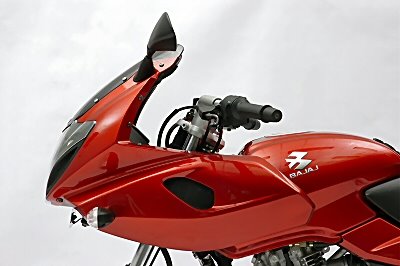 Using a tankbag but afraid you will scratch the tank? Here's five easy ways to save the paint
Using a tankbag but afraid you will scratch the tank? Here's five easy ways to save the paint



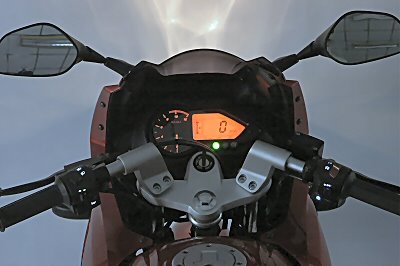

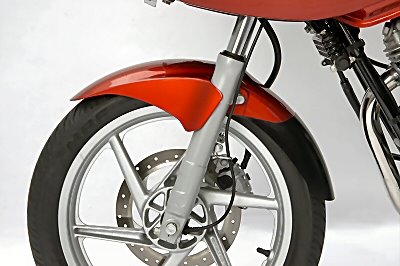
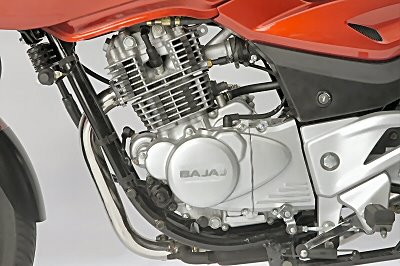
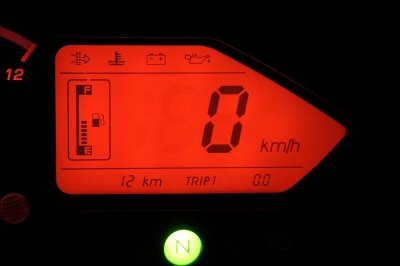
 Coca Cola is launching a new product, called
Coca Cola is launching a new product, called 
 A
A 















 It seems that after a year long delay, the National Film Awards have finally been
It seems that after a year long delay, the National Film Awards have finally been 